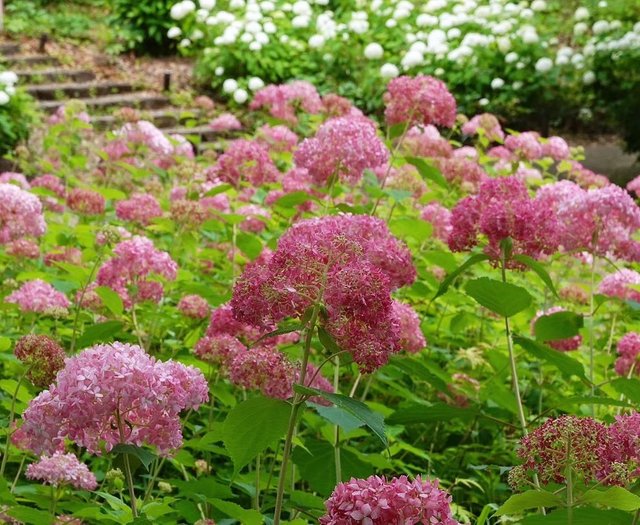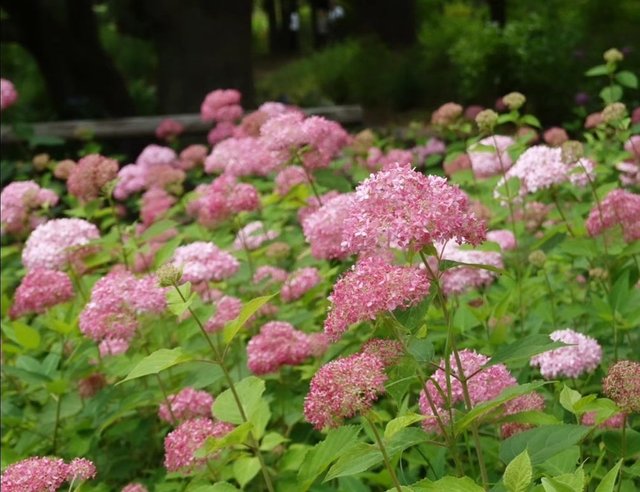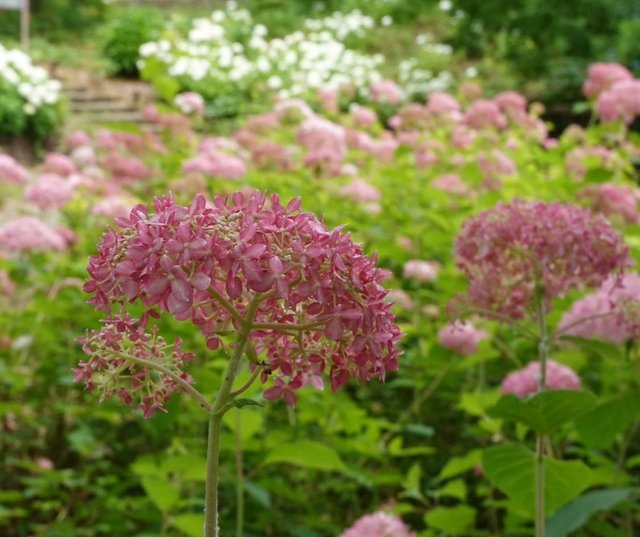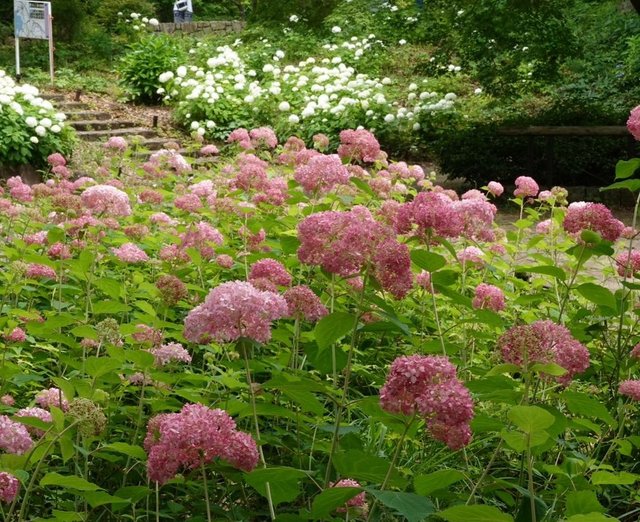Smooth Hydrangea Flower So Amazing
Smooth Hydrangea: A Comprehensive Guide
Introduction
Smooth hydrangea is a deciduous shrub native to the eastern United States. It is widely appreciated for its robust nature, ease of cultivation, and spectacular floral displays. Whether in a landscaped garden or a naturalized area, smooth hydrangea offers a versatile and appealing addition to any setting.
Botanical Characteristics
Appearance
Smooth hydrangea typically grows to a height of 3 to 5 feet, with a similar spread. Its leaves are large, ovate, and serrated, creating a lush, green backdrop. The plant's most striking feature is its flowers, which form large, rounded clusters known as corymbs. These flowers start green, turn white, and then often shift to a pinkish hue as they age, providing a long season of visual interest.
Flowers
The flowers of smooth hydrangea are primarily white, though some cultivars may exhibit slight variations. The blooms typically appear in early summer and can last for several weeks. The flower clusters can reach up to 8 inches in diameter, making them a standout feature in any garden.
Cultivation
Soil and Light Requirements
Smooth hydrangea is highly adaptable, thriving in a range of soil types, from clay to loam. It prefers moist, well-drained soil and can tolerate a variety of pH levels. While it grows best in partial shade, it can also tolerate full sun, provided it receives adequate moisture.
Planting
To plant smooth hydrangea, dig a hole twice as wide and just as deep as the root ball. Position the plant so that the top of the root ball is level with the soil surface, then backfill the hole with soil. Water thoroughly to settle the soil and eliminate air pockets.
Watering
Consistent moisture is key to healthy growth. Smooth hydrangea should be watered regularly, especially during dry spells. Mulching around the base of the plant can help retain soil moisture and keep the roots cool.




